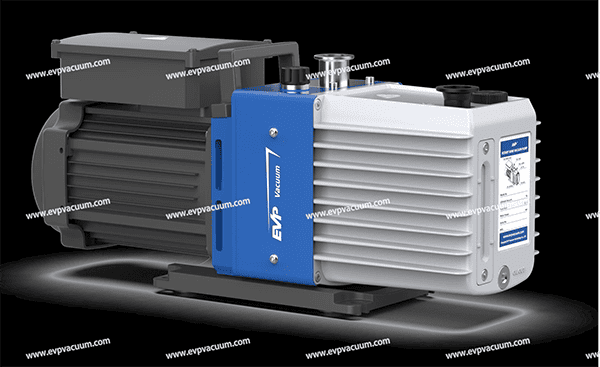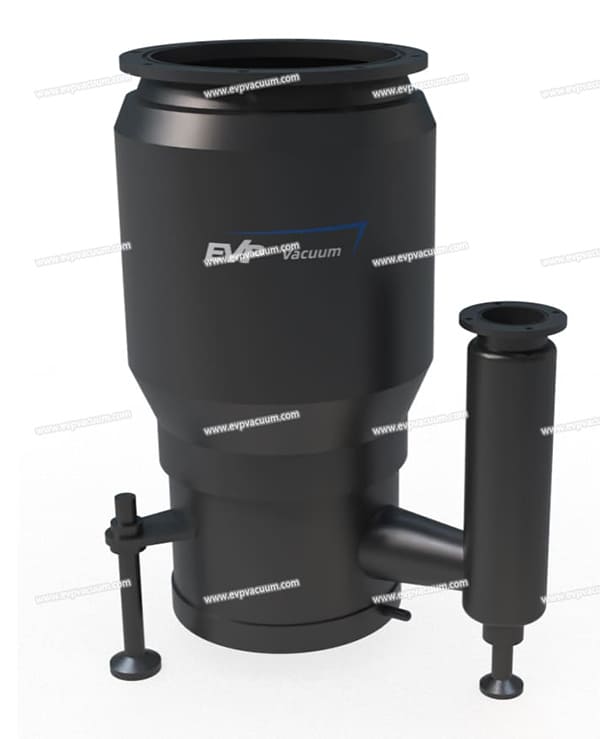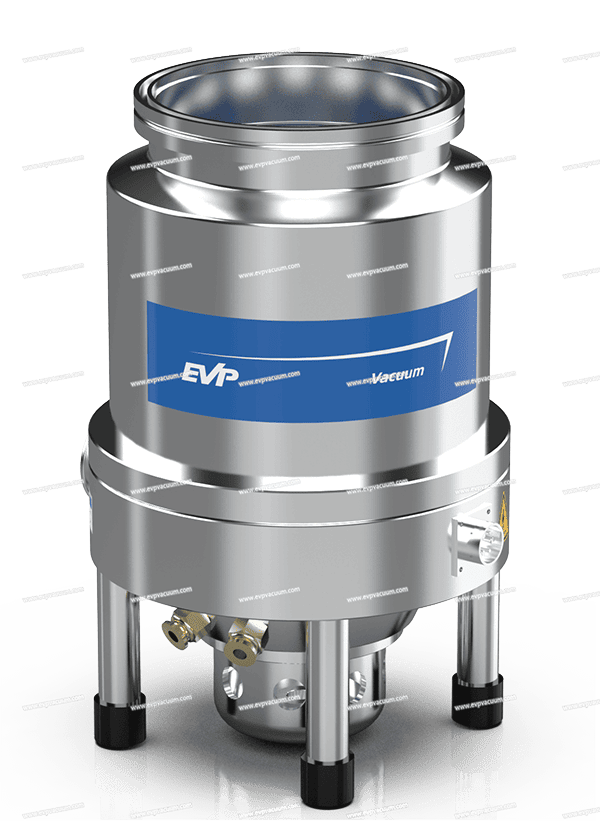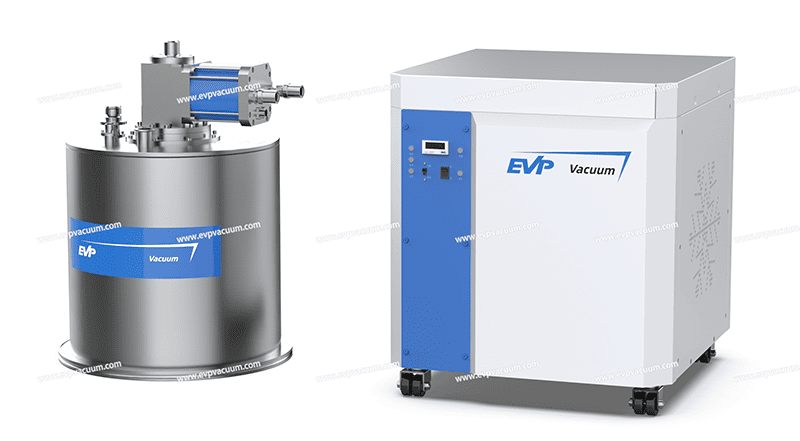Ultra-Vacuum Technology in Materials ScienceApplication
UHV is the vacuum regime characterised by pressures lower than about 10−9 mbar (10-7 Pa).
Ultra-high vacuum conditions are necessary to reduce surface contamination in many surface analytic techniques. For example X-ray photoelectron spectroscopy (XPS), Auger electron spectroscopy (AES), secondary ion mass spectrometry (SIMS) or field emission microscopy (FEM).
Thin film growth and preparation techniques with stringent requirements for purity, such as molecular beam epitaxy (MBE) and atomic layer deposition (ALD), also rely on UHV conditions.
In research applications like particle accelerators or gravitational wave detectors ultra-high vacuum conditions will mainly help to reduce beam-gas interactions and limit undesired perturbations from the outer environment. These vacuum levels demand the use of special materials and pumping principles.
Ultra-vacuum has the following salient features:
1) Extremely low pressure
In an ultra-vacuum, the pressure can be as low as unimaginable, far lower than the pressure in an ordinary vacuum environment. This extremely low pressure makes ultra-vacuum an ideal environment for many high-precision experiments and technical applications.
2)High cleanliness.
High cleanliness is the fundamental reason why ultra-high vacuum is required for surface analysis. Surface physics often studies the physical phenomena of several atomic layers on the surface. Therefore, even under vacuum conditions, the adsorption of gas molecules on the sample surface often significantly affects the experimental results. We often use “lifetime” to describe the time it takes for a sample surface to go from cleansing to contamination affecting experimental results. Between different samples, the sample life varies greatly due to the different adsorption capabilities of gas molecules. Even for the same sample, different experiments will have completely different definitions of sample life. Generally speaking, the lifetime of surface states is much shorter than that of bulk states.
3)Special physical properties
In an ultra-vacuum environment, the physical properties of substances will change significantly. For example, in ultravacuum, electrons will behave more freely, and their movement speed and energy state will be different from those in ordinary environments. In addition, ultravacuum may also lead to the emergence of some strange quantum phenomena, such as quantum entanglement and quantum tunneling.
4)Thermal insulation
Under ultra-high vacuum conditions, heat convection is generally ignored, and heat radiation and heat conduction are mainly considered. Low-temperature systems (liquid helium, liquid nitrogen) mainly consider preventing the introduction of external heat. For systems using liquid nitrogen, heat conduction is the main source of heat; for systems using liquid helium, external heat radiation cannot be ignored, and special attention should be paid when designing the system. High-temperature systems need to consider the material heating and degassing caused by the heat radiation generated by the heating filament. Heat conduction at high temperatures mainly affects the temperature measurement of the thermocouple. In addition, after the material is heated to a higher temperature, the heat radiation generated by itself cannot be ignored.
Generation and maintenance of ultra-vacuum
To generate and maintain an ultra-vacuum state, a series of advanced technologies and equipment are needed. At present, the commonly used methods for generating ultra-vacuum are mainly the following:
1) Mechanical pump and diffusion pump of combination
A mechanical pump is a device that extracts gas from a closed space through mechanical movement. It can reduce the pressure to a certain extent, but it cannot reach the requirements of ultra-vacuum. Diffusion pumps use high-speed jet steam flow to carry away gas molecules, thereby further reducing the pressure. The combination of mechanical pumps and diffusion pumps can reduce the pressure to a lower level, but to achieve ultra-vacuum, other more advanced pumps are required.
2) Turbomolecular pump
A turbomolecular pump is a device that uses high-speed rotating turbine blades to expel gas molecules. It has the advantages of high pumping speed, oil-free, pollution-free, etc., and can reduce the pressure to a very low level. Turbomolecular pumps are often used in combination with other pumps to achieve ultra-vacuum generation.
3)Cryogenic pump
A cryogenic pump is a device that uses the principle of cryogenic adsorption to adsorb gas molecules on a cryogenic surface. It can reduce pressure to an extremely low level and is one of the important means of producing ultra-vacuum. Cryogenic pumps usually require the use of cryogenic media such as liquid nitrogen or liquid helium to maintain a low temperature state.
3.Some ultra-high vacuum application fields
1)Physics research
2)Semiconductor manufacturing
3)Aerospace
4)Biomedical field
(The article comes from the Internet. If reprinting is not allowed, please contact our company to delete it.)




